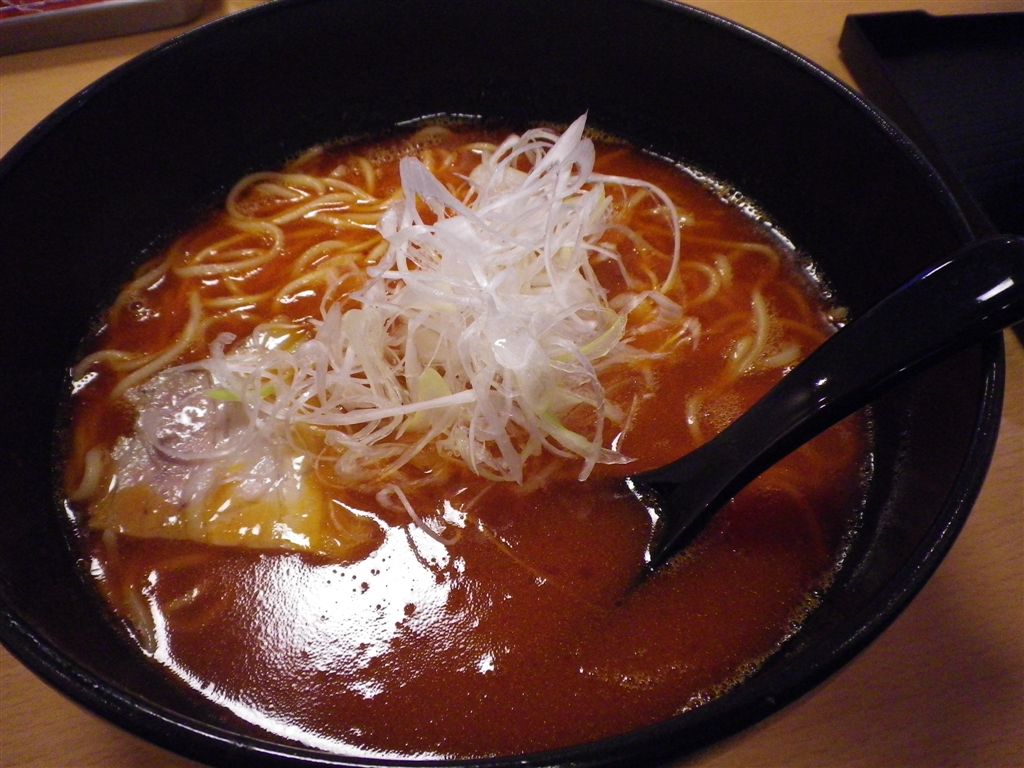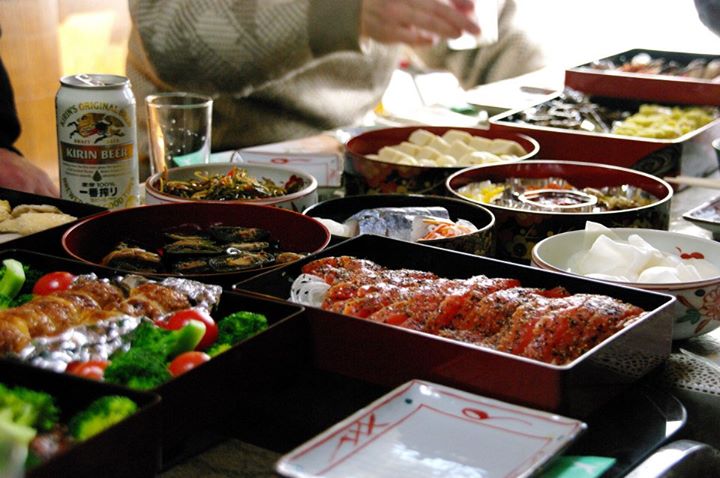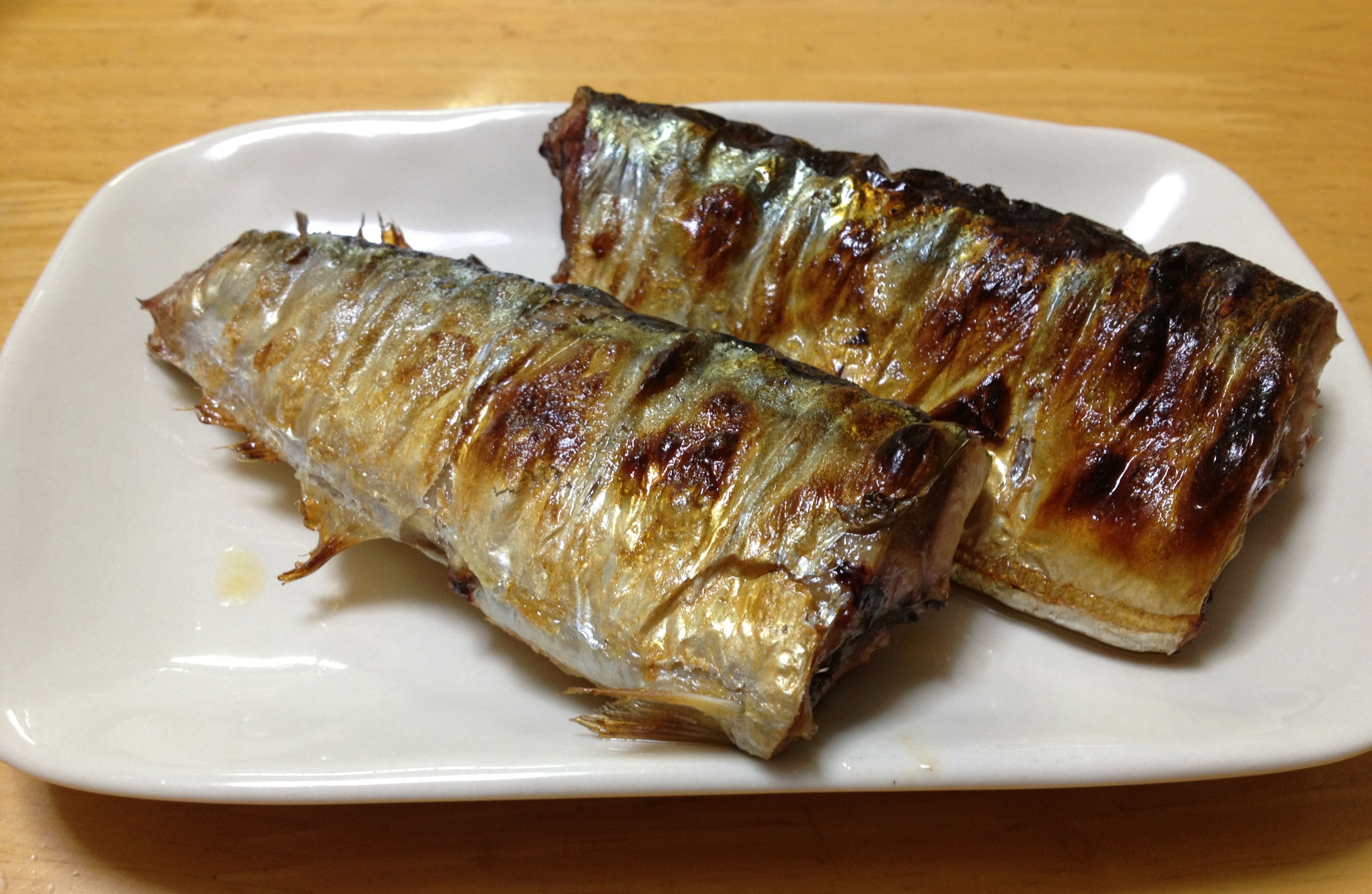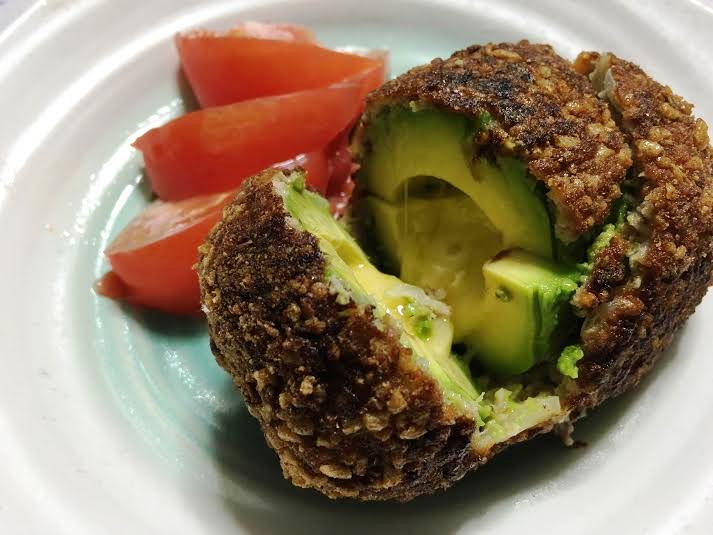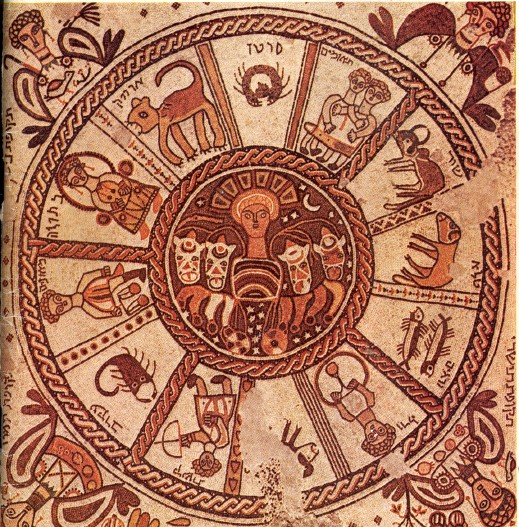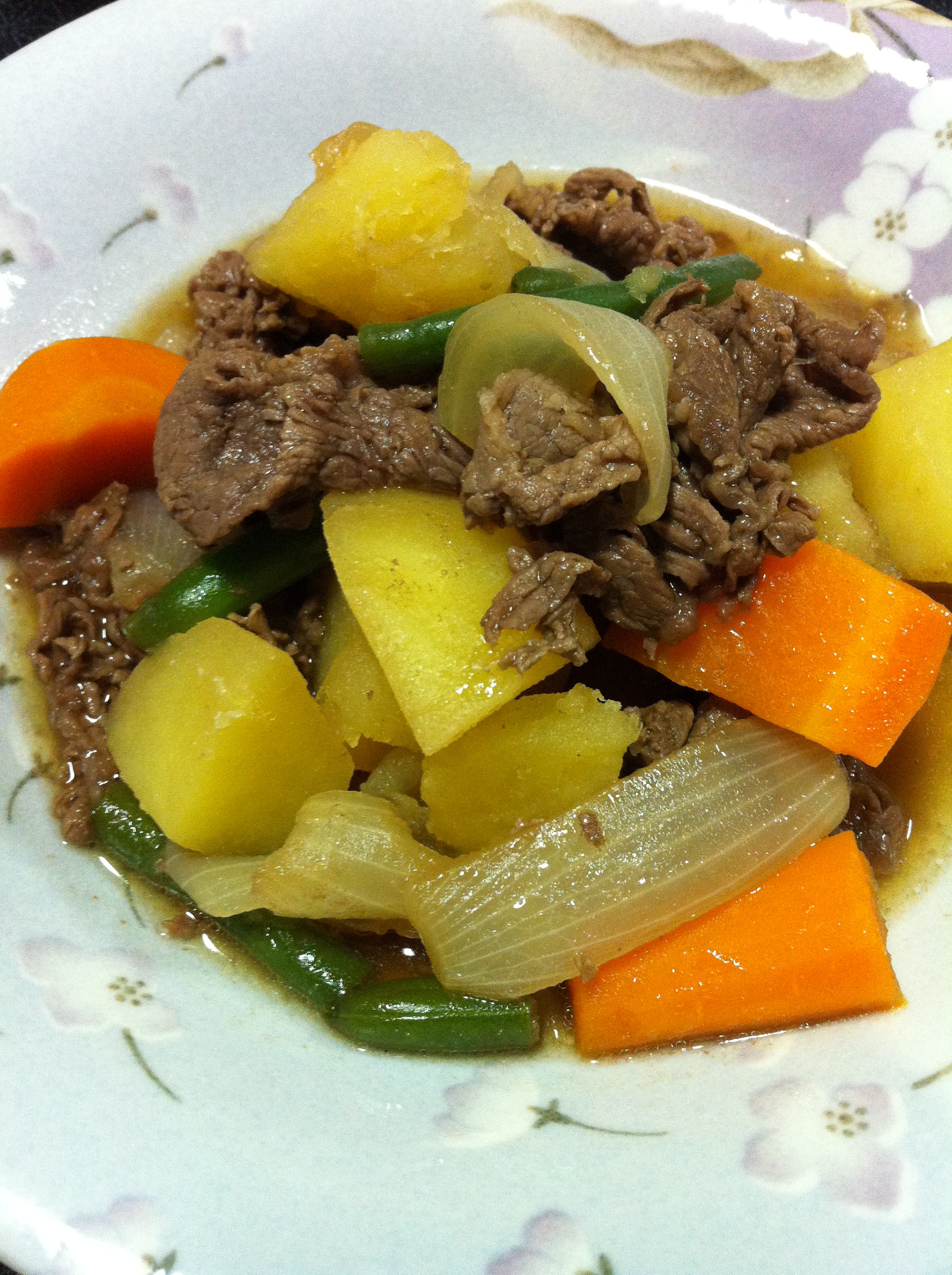Ramentary: Waka Waka Wakayama
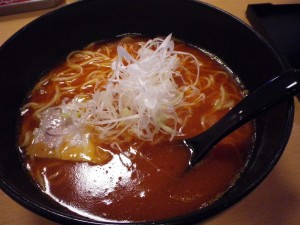 Hyogo has a ton of great food to offer, from fantastic Awaji onions to some truly succulent beef, but it doesn’t have a specific style of ramen as its own. Sapporo is king of miso, Fukuoka runs the tonkotsu game, and Kyoto boasts a thick, chicken based brew as the local choice. Shops all over Japan have variations on your typical shoyu or shio broths, with noodles varying in thickness, straightness, chewiness, color, and flavor.
Hyogo has a ton of great food to offer, from fantastic Awaji onions to some truly succulent beef, but it doesn’t have a specific style of ramen as its own. Sapporo is king of miso, Fukuoka runs the tonkotsu game, and Kyoto boasts a thick, chicken based brew as the local choice. Shops all over Japan have variations on your typical shoyu or shio broths, with noodles varying in thickness, straightness, chewiness, color, and flavor.
An easy way to change up the flavor of ramen is to combine soups (often seen in Japanese asスープ). Wakayama-ken, our neighbor to the south east, is famous for their shoyu-tonkotsu broth. As I can be known to ramble on and on about my favorite tonkotsu broth to the exclusion of all others, I figured this would be a good way to make at least slight inroads into a flavor that despite limited exposure, I don’t care for.
One thing I noticed right off the bat upon arriving in Wakayama was that ramen is referred to as Chinese, or chuka, soba (ä¸è¯ãã°). This is, of course, a nod to the fact that ramen as a dish comes from China. Our first stop in Wakayama was Chuka Soba Ideshouten (ä¸è¯ãã°äº•å‡ºå•†åº—), a very old and well-known shop (apparently it was founded in Showa 28, which is 1953 to us). It’s a no-nonsense place, with 2 kinds of ramen and 2 sizes, customers who eat and leave quickly, and a tight, cramped seating area that fits maybe 20 folks. Service is quick and the ramen comes out in about 5 minutes. Also present is another Wakayama custom: pre-wrapped sushi and raw egg for your (very inexpensive) consumption.
Despite the feeling of confidence that permeated the staff, the looks of satisfied customers, and the line out the door, I just didn’t get it. The ramen is nothing special, in fact lacking in any kind of specific impact on every level. The noodles are average, the meat is average, the toppings are average, even the soup, which is the backbone of any bowl, drew almost no reaction of any kind. Well, maybe confusion. The ramen here is cheap, and the décor interesting and retro, but I wouldn’t go back.
Surely this couldn’t be an accurate representation of one of the more famous ramen styles in Kansai. Questions posed to a Wakayama native friend led us to another shop, Marui (â—‹ã„) . Walking into Marui was light years from Ideshouten; this shop was much newer, much cleaner, and the staff was much nicer. It was suggested that we try the negi ramen, so naturally we did. I also saw a spicy miso style that was yelling out to me.
Of all the ramen we ate in Wakayam, the spicy miso was the best. It’s not a condemnation of their ramen scene, but if you hang your hat on shoyu tonkotsu, it’s a bit unfortunate that the best bowl of four isn’t of that persuasion.
